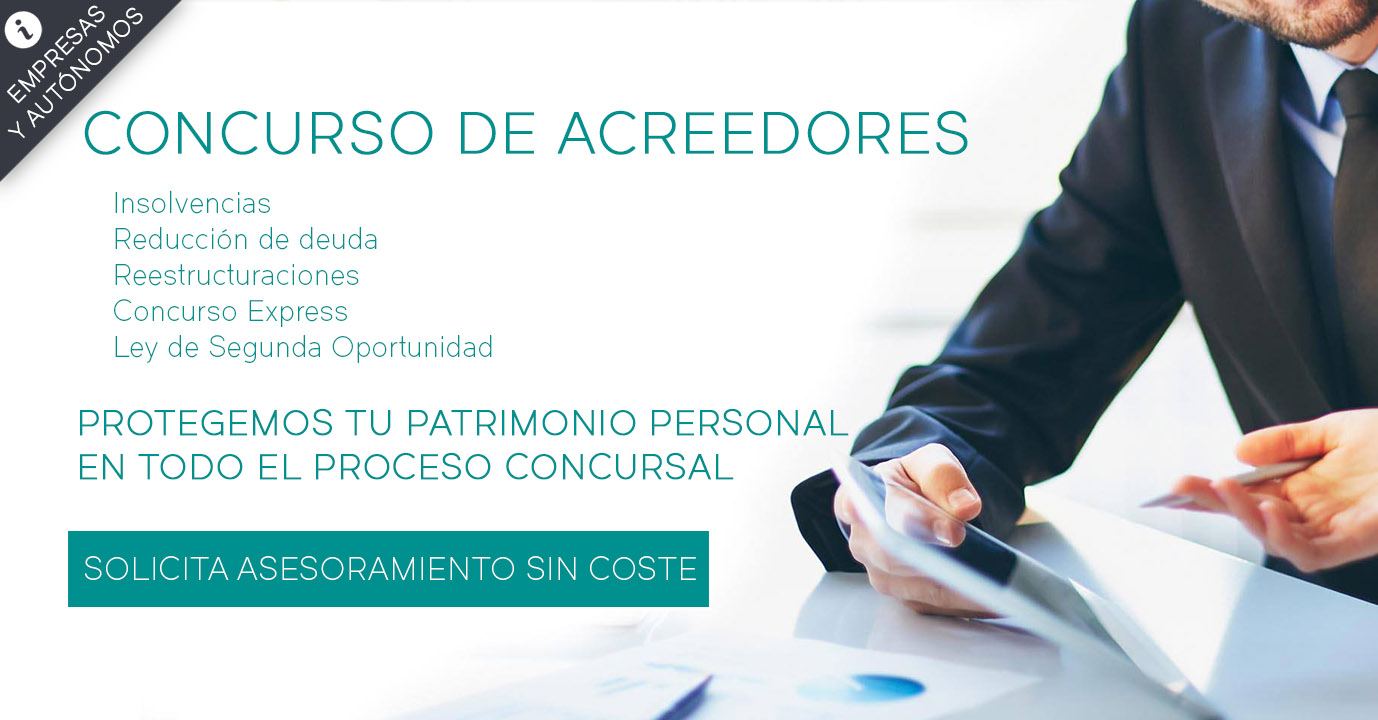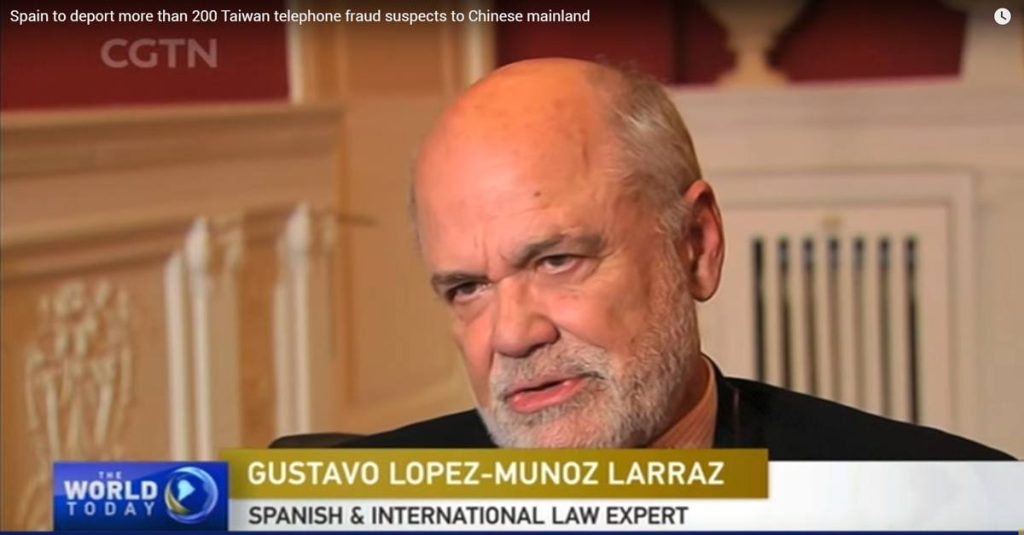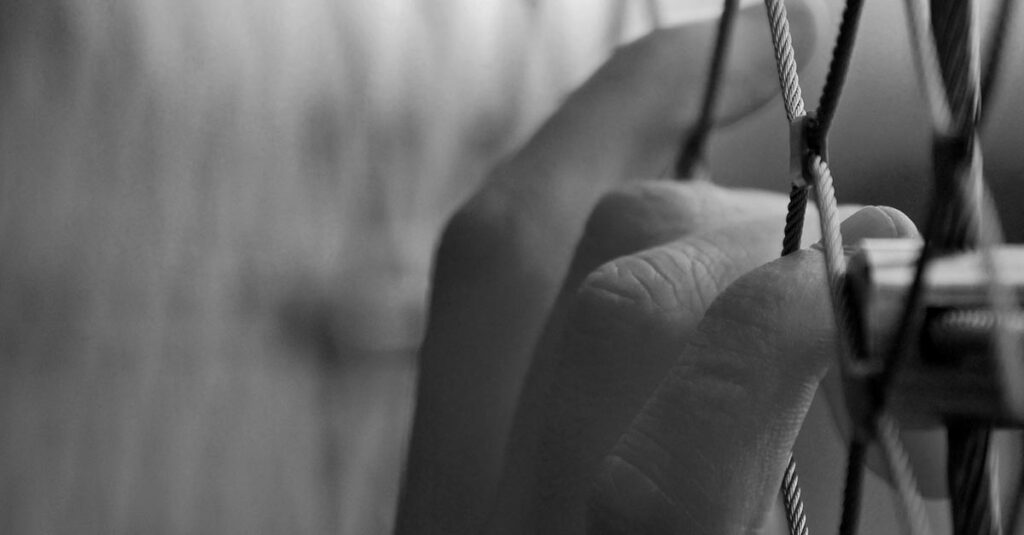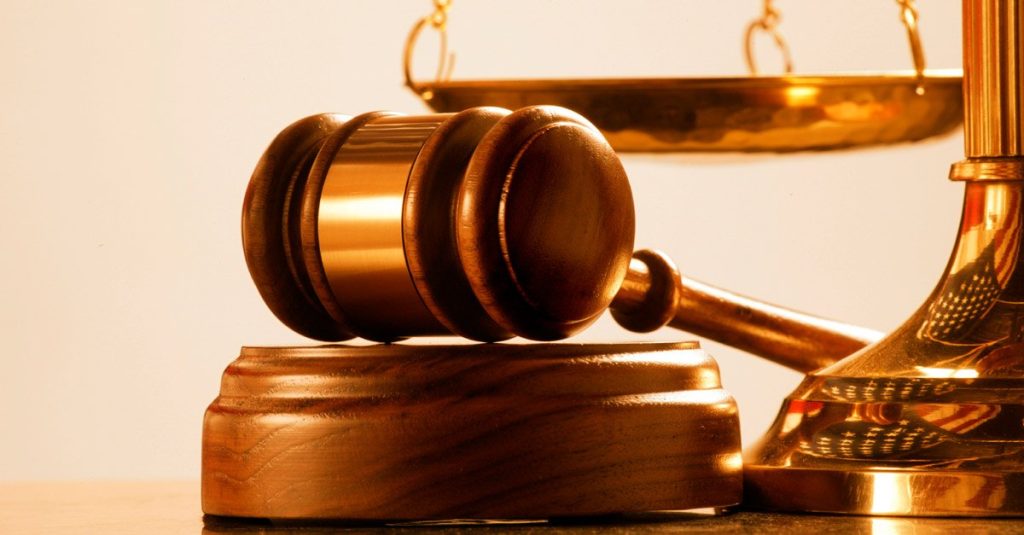Claim for damages, non-contractual liability

non-contractual liability is that which is not derived from a contractual relationship between the parties. Examples of non-contractual liability are: damage caused in traffic accidents, damage caused to a neighbor’s plot, damage to the honor of people, etc.
Making a generic distinction, these damages can be property damage (equivalent to the value of the thing damaged), personal (equivalent to bodily damage< /em>) or moral (equivalent to psychological damage).
When a third party causes us damage of any nature, we can claim a compensation amount that fully repairs the damage. This is what we call the claim for damages.
We will now analyze the main requirements and issues that must be taken into account in non-contractual liability, beginning with the principle of indemnity that underlies any compensation claim.
Principle of Indemnity
For the quantification of compensation, the application of the principle of proportionality must govern the relationship between the importance of the damage suffered and the amount of compensation to repair it, that is, tries to seek fair compensation for the beneficiary.
The principle of “restitutio in integrum” or comprehensive reparation for the damage caused will seek to bring together within the criteria of compensation evaluation the globality of circumstances that have been suffered by the injured party and obtain full compensation that repairs the damage suffered in all its concepts, be it material damage, moral damage, or both.
These principles, regulators of the Spanish compensation system, respond to a will to correct the damage caused, the reality of which translates into a pecuniary amount that manages to reconstitute, as far as possible, the consequences caused by the damage to its previous state. The ultimate goal of the indemnity right is to grant the injured party a compensatory amount that allows him to restore him to the conditions he was in prior to the damage he has suffered.
This is how the jurisprudence has been pronounced, we cite as an example the Sentence of the Provincial Court of Tarragona of July 12, 1995:
“For this purpose, the jurisprudential doctrine is reiterated in the sense of applying the so-called principle of indemnity, which requires the restoration of the property of the injured party to the state it would have before the the damage, corresponding to the plaintiff to justify the existence and amount of the damages suffered and attributing to the court of instance the exclusive power to determine the “quantum” of the compensation (SSTS April 28, 1992 [RJ 1992\4466] and April 23 1994 [RJ 1994\3091]).”
In the same sense, the Sentence of the Provincial Court of the Balearic Islands of January 25, 1999:
“The purpose of the reparation that Article 1902 of the Civil Code grants to the injured party is to be compensated, restoring the state of affairs to the situation prior to the event harmful -Sentences of the Supreme Court of December 6, 1912, March 9 and June 26, 1913, December 15, 1981 (RJ 1981\5157), etc.-. In our law there are no general guiding principles of compensation for damages, a gap that authorizes us to interpret that the concept of reparation in which the will of the damager is manifested includes, both in the contractual and non-contractual sphere, enough sanctions in each case. case to achieve indemnity, which is the sole design of the norm – Judgment of April 13, 1987 (RJ 1987\2706), etc.-.”
Requirements for compensation action
To judicially claim the payment of an amount that compensates the damage, a lawsuit must be filed exercising the so-called compensation action to compensate the injured party for the damage caused. The compensatory action is included in art. 1902 of the Civil Code:
“Anyone who by action or omission causes damage to another, through fault or negligence, is obliged to repair the damage caused.”
In accordance with said precept, the requirements for non-contractual guilt to occur are:
- there is an unlawful act or omission;
- that damage has been caused;
- that the person performing the action is guilty or negligent; and
- a causal link between the first and the second requirement.
As indicated in the Sentence of the Provincial Court of Salamanca of September 28, 1994, so that the compensation action can prosper, in addition to there is a real and accredited existence of the damages that are claimed, it is necessary that the guilty factor be given, that is, that the action and omission causing them can be imputed as fault or negligence to the person in front of which the compensation claim is directed, as well as the appropriate causal relationship between it and those.
In this sense, numerous jurisprudence has been pronounced, citing by way of example the SSTS of September 26, 1994 and February 14, 1994; SAP Girona of October 23, 2001; SAP Girona of October 3, 2003; SAP Madrid of July 1, 2005.
Non-material damage
In addition to property damage, moral damage can be claimed. Our courts allow non-material damage to be included among the compensatory concepts, although it is worth noting the complexity of assessing its amount. There is no legal precept that facilitates the quantification of this type of damage, already abstract in itself.
The jurisprudence has declared that not any annoyance can be interpreted as moral damage, but only those sufferings of a psychological nature, among which are anxiety, nervousness and restlessness that exceed the mere inconvenience, and therefore are deserving of compensation.
Conduct contrary to good faith
In order to obtain compensation for damages, it is not always required that conduct contrary to good faith has occurred. Certain behaviors generate liability per se, without it being necessary to analyze the intent of the offender. This circumstance does not prevent us from often having to resort to the criteria of good faith to appreciate the voluntary nature of the cause of the damage.
Article 7 of the Civil Code establishes the principle of good faith, understood as fair and honest behavior, in accordance with the objective conception of good faith.
This precept does not formulate an abstract principle, but rather a complete regulation from which precise legal duties derive, as the Supreme Court has said on several occasions.
The claim for damages derived from non-contractual liability, can find greater support when the claimant intends to put an end to conduct contrary to the parameters of good faith, and obtain at the end a just compensation for the damage caused.



















